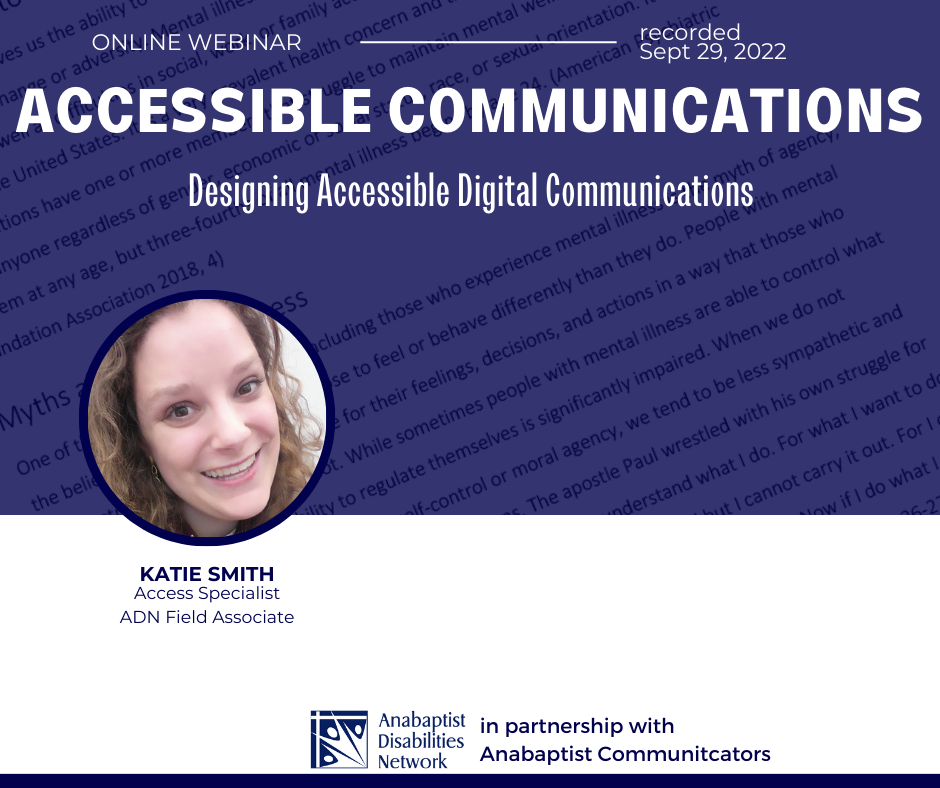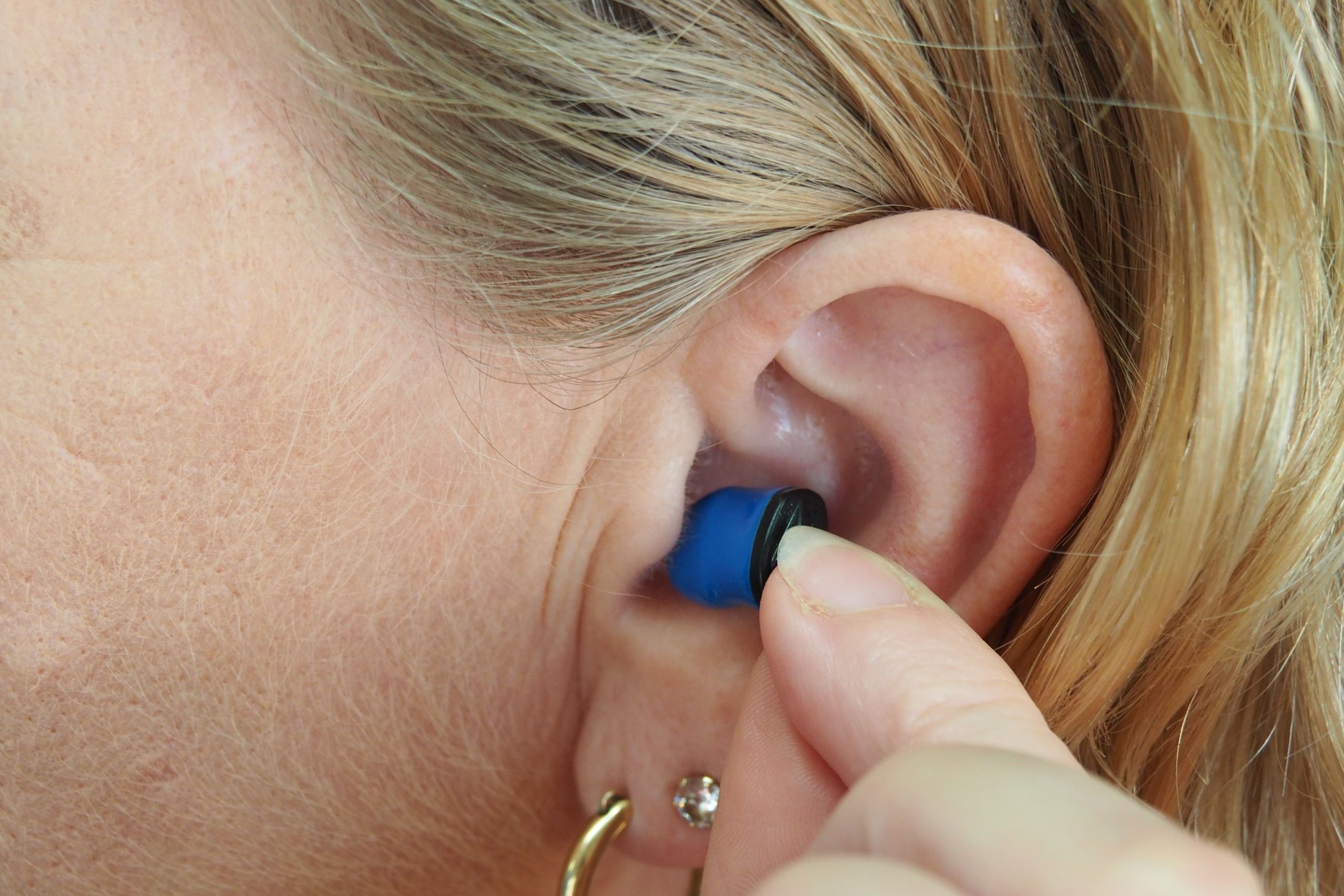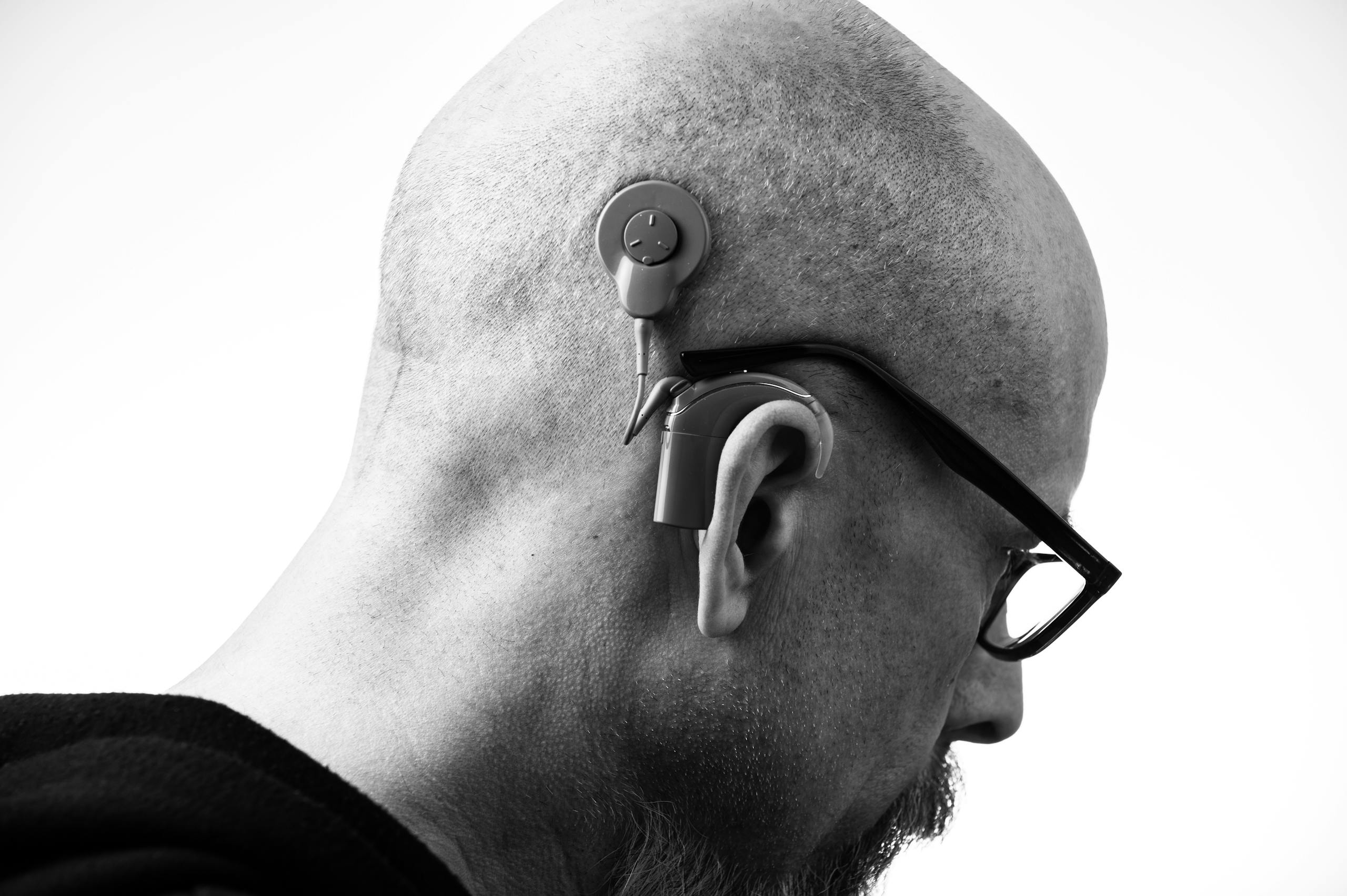Hearing and Deafness
People with limited hearing capacity use various terms to describe themselves and their hearing. When referring to someone with limited hearing capacity, always honor the terms they choose to use for themselves. A few examples of terms someone may use to describe themself:
- Hard of hearing refers to a person with hearing loss who can still hear. A hearing aid or assistive listening device may improve hearing and help the person interact with the hearing world.
- deaf (with a small “d”) people have very little or no hearing. They rely on the English language (either spoken or signed), lip reading, print, and/or other visual materials as their primary means of communication with the hearing world.
- Deaf (with a capital “D”) people use sign language and identify as a cultural group (Deaf Culture). Some people who identify themselves as Deaf may be able to hear some sounds, including some speech sounds. However, they consider their primary language to be sign language and are most comfortable communicating in this language.
Tips for Caring for People with Hearing Loss
For Congregations
In Worship/Meetings
- Use a sound system for all gatherings larger than ten people.
- All speakers who offer sharing, prayer requests, or announcements should use a roving microphone. If a roving microphone is not available, repeat comments using the podium microphone.
- Use an assistive listening system (radio frequency, Bluetooth, or an audio induction loop/hearing loop).
- Provide individual assistive listening devices (ALD) for use with your audio assistive system, in the form of a transmitter that feeds directly into hearing aids or a headset. Educate ushers and other leaders on the location of these devices and how to use them.
- Post signs or notices in print materials that ALDs are available.
- Properly light the stage so people who rely on lip reading can see the speaker’s face.
- Provide live captioning at larger events or in recorded videos.
In Smaller Gatherings (Sunday School)
- Choose a location with sound-absorbing materials like carpets and fabric-covered walls.
- Encourage everyone in the meeting to speak slowly and one at a time.
- Regularly check in with participants who have hearing loss: are they able to understand what is being discussed, or do you need to change some practices?
For Individuals
- Use a microphone if it is offered to you, and hold it close to your mouth.
- Speak slowly and clearly: articulate and enunciate well.
- Use the same tone of voice through your entire sentence; do not trail off toward the end.
- Look up while speaking; “Show your lips” to listeners.
- In groups, speak one at a time.
- Notta is an app that can be installed on a cell phone to transcribe voice to text in real time. It can be helpful if someone is unable to hear the speaker in large gatherings.
Resources
-

Accessible Digital Communications
ADN field associate Katie Smith leads this workshop on creating print documents that everyone can read and access.
Resources from Others
The Center for Hearing Access: This nonprofit website provides information on the need for assistive listening devices, how to troubleshoot devices, and where to purchase them.
Lingvago: a language-learning app (similar to DuoLingo) for learning American Sign Language. The business team is a mix of hearing and Deaf people; each teacher shown in the video lessons are Deaf.
Deaf Bible in ASL: This website offers videos of the Bible spoken in American Sign Language.
Deaf Anabaptist Congregations in the United States
- First Deaf Mennonite Church (Lancaster, PA)
- Frederick Church of the Brethren Deaf Fellowship (Frederick, MD)






